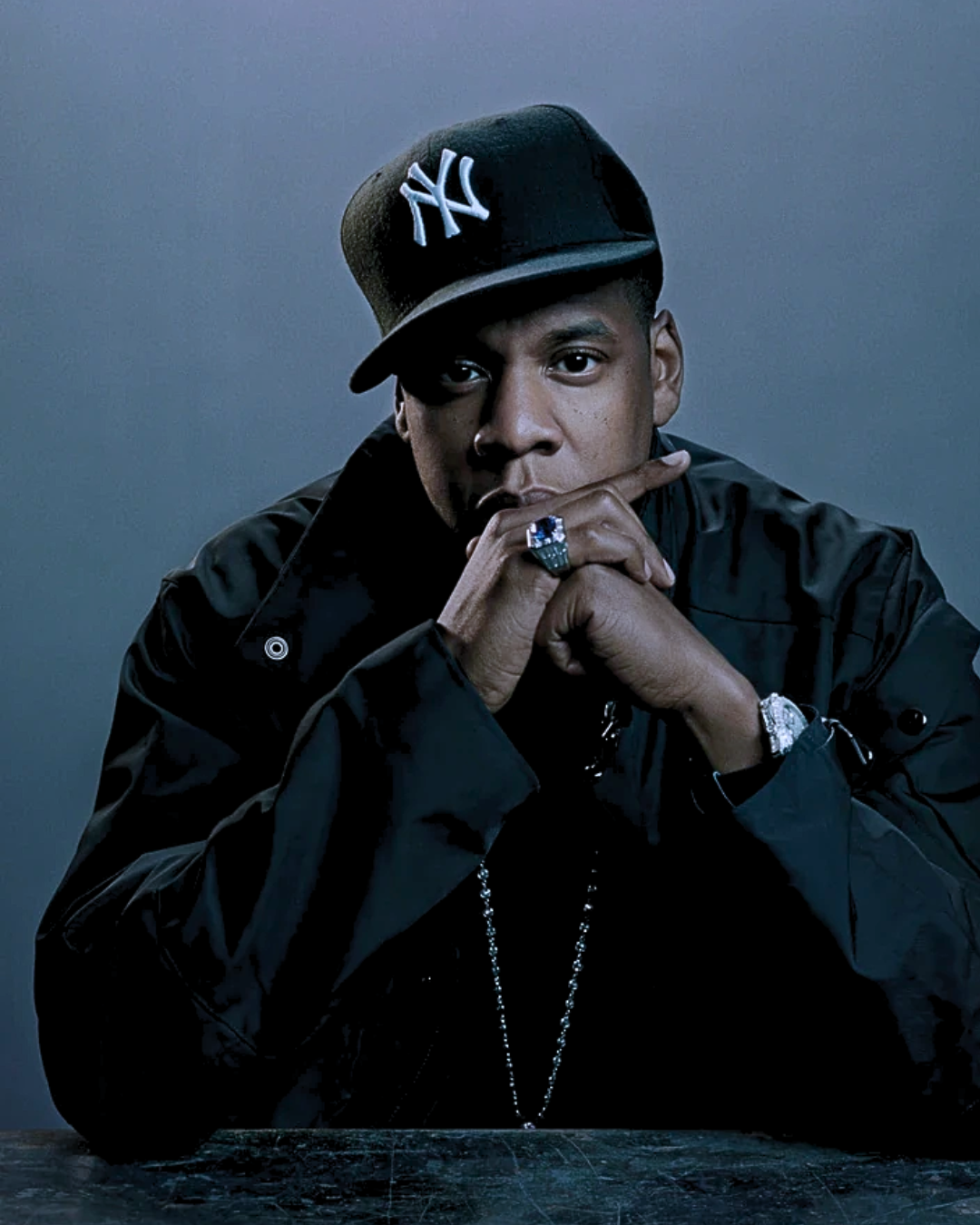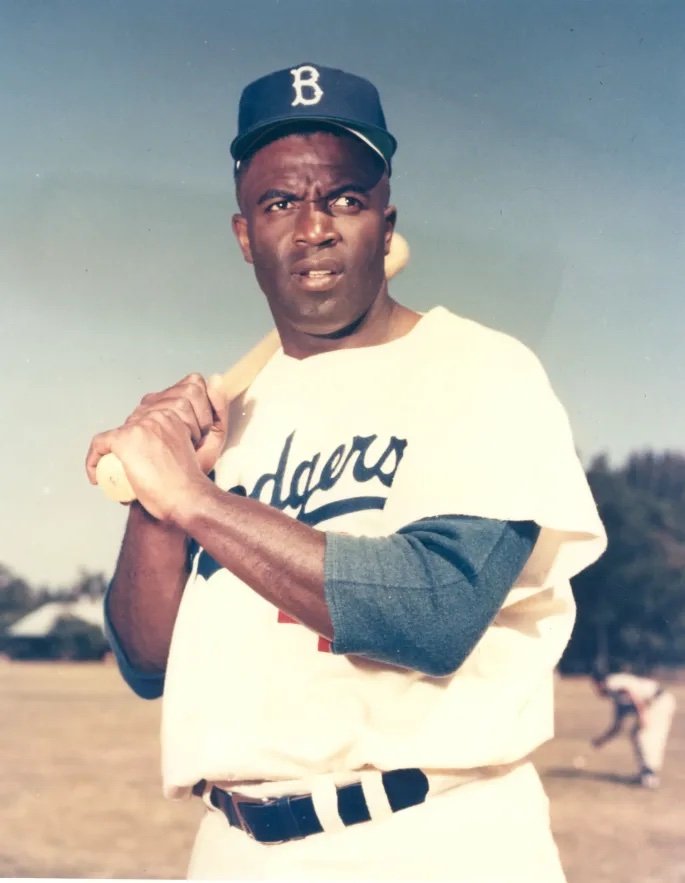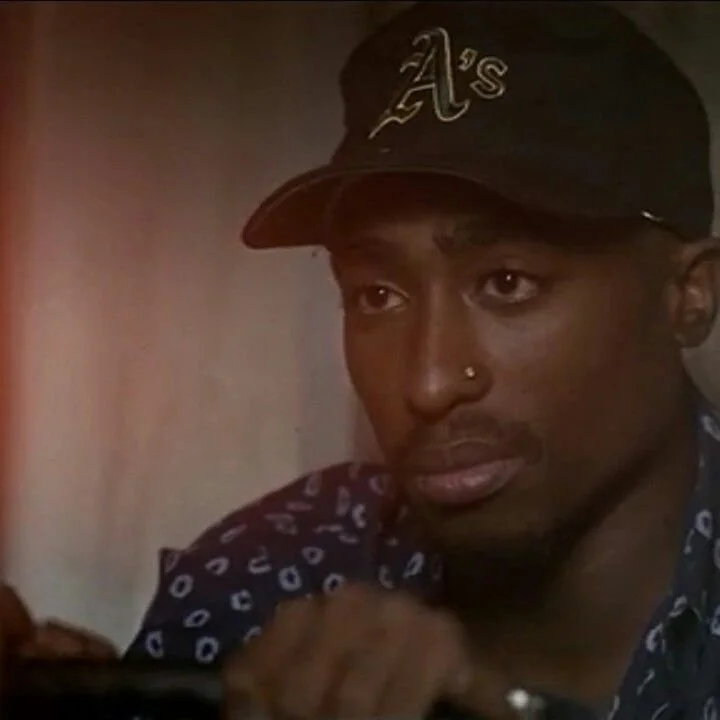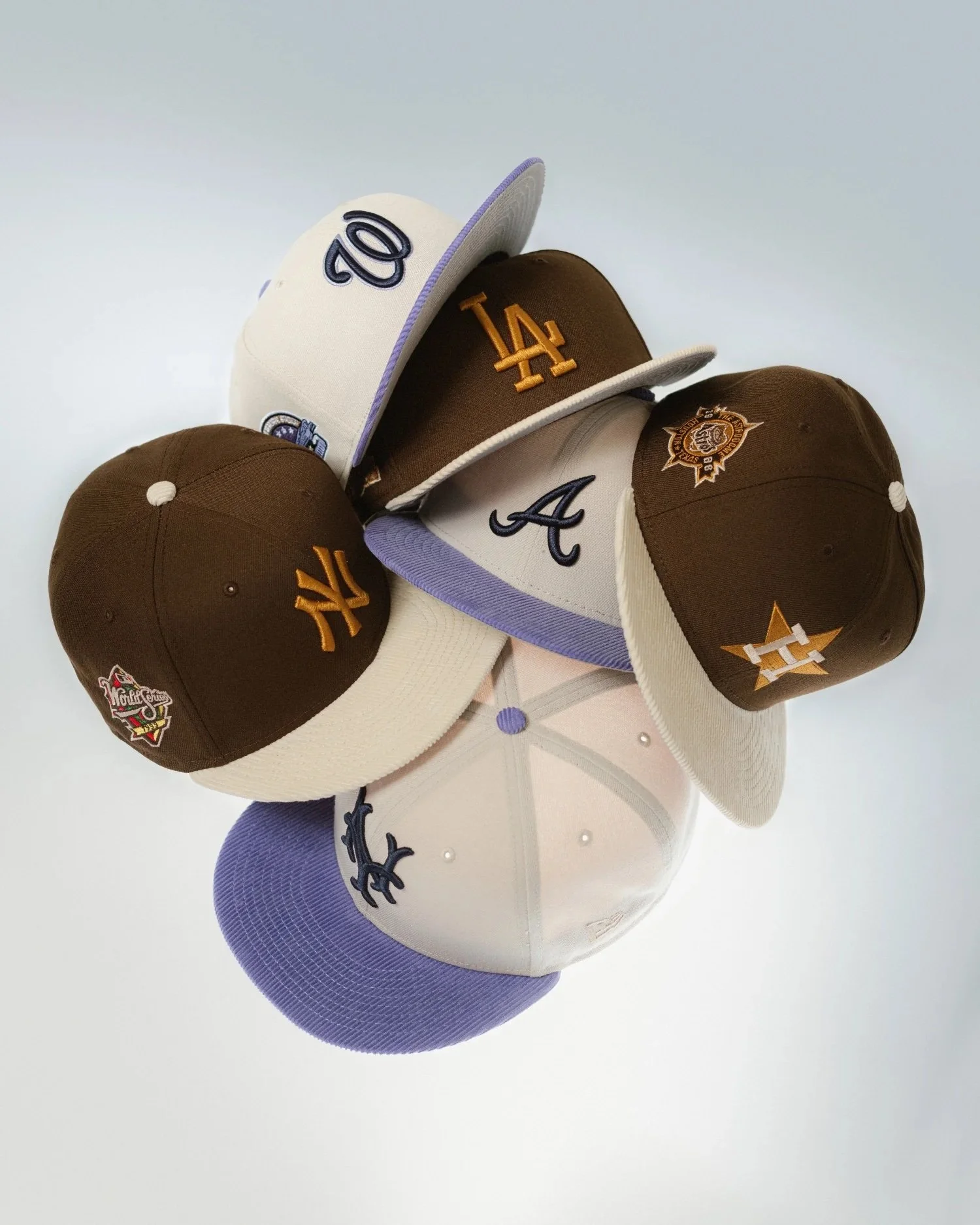Crowned: The American Story of the Fitted Hat
There’s something prevalent in American fashion, and it has everything to do with baseball’s imprint on the country. Walk through the boroughs of New York, the streets of Oakland, or the neighborhoods of Houston, and you’ll see it immediately: fitted hat culture isn’t a trend, it’s a legacy. Decades deep and culturally coded, the fitted hat has become one of the most recognizable pieces of American style.
Jay-Z Repping New York Yankees. Photo via Fandom.
The American Uniform
Baseball is stitched into the fabric of American identity, and a fitted is the most accessible fragment of that uniform. Long before it became a collectible item or a fashion statement, it was a symbol of team loyalty and athletic tradition. Over time, that symbolism bled into the streets.
The fitted became a wearable piece of Americana; it was simple, structured, and instantly recognizable. Its clean lines and rigid brim gave it a sense of permanence, a silhouette that hasn’t changed much in a century. In a country obsessed with reinvention, the cap stayed consistent. And that consistency is what lets it evolve from sportswear to a cultural anchor.
The Breaking Point
In the 40s, baseball was reshaped. Jackie Robinson didn’t just break sports barriers in 1947; he redefined the cultural power of the uniform itself. When Robinson stepped onto the field wearing a Brooklyn Dodgers cap, it became more than a team logo; it became a symbol of resistance, representation, and possibility.
Jackie Robinson from the Brooklyn Dodgers. Photo via National Archives.
The fitted he wore signified belonging in a space that had long denied it. For millions, it reframed what a baseball cap could mean: dignity, courage, and a new kind of American identity.
Robinson’s impact gave the fitted a deeper cultural weight, one that stretched far beyond the diamond and into the communities that would later make it their own.
Identity, Belonging, and Territory
A fitted is never just a hat. It’s geography, it’s context. It’s a quiet map of where someone is from or where they want to be from. The logos, patches, and colorways carry meaning: heritage, pride, affiliation, nostalgia, allegiance. Wearing one can say everything without saying anything.
Across generations, fitteds have become objects of belonging. Passed down, saved, restored, collected. They’re artifacts of identity—worn with intention.
Tupac Shakur wearing Oakland A’s fitted.
New York as the Epicenter
No city has shaped fitted culture more than New York. The Yankees cap alone is arguably one of the most famous fashion items ever made. It has been adopted by rappers, artists, skaters, bodega kids, Wall Street interns, and tourists all at once.
For decades, the cap existed in one form: navy wool, white “NY.” That changed in 1996 when Spike Lee asked New Era for a red Yankees fitted. One request opened a new world of customization and pushed the hat from team merch into fashion. New York became the testing ground for pink bottoms, icy brims, tonal blacks, and every color story that followed.
And while the Yankees cap sits at the center, each borough shaped its own fitted identity. Colorways, stitching, brim styles, and any small detail that turned the hat into soft territory. It was all a signal of where you’re from and how you carry yourself in the city.
Spike Lee, 1998. Photo via Sporting News/Getty Images.
The Era of Colorways
Then came the explosion. Limited runs, icy brims, pink bottoms, tonal crowns, metallic patches, city-inspired drops, there was an entire design language built on customization. Brands like New Era, Hat Club, and Lids pushed fitted culture from team merch into the realm of collectibles.
Crème de La Collection. Photo via Hat Club.
Now, a release can sell out in minutes. A patch can drive a resale price higher than a pair of sneakers. A colorway can represent an era. The fitted became a canvas, and an opportunity to remix history through hue, embroidery, and exclusivity.
Hip-Hop’s Influence
Hip-hop is the heartbeat of fitted culture. The fitted has appeared everywhere—on album covers, in music videos, on stage, in street photography, and on the heads of legends.
Artists turned the hat into a form of identity. Jay-Z’s Yankees cap became a global emblem. Cam’ron’s pink Yankees fitted matched his fur coat. Travis Scott revived vintage Astros iconography.
Meanwhile, the Chicago White Sox fitted became a staple in hip-hop fashion, famously worn by artists like Aaliyah, Ice Cube, Easy-E, and countless others. Its bold black-and-white palette and minimalist “Sox” logo gave it a streetwise, versatile aesthetic that could signify toughness, authenticity, or allegiance to urban culture.





